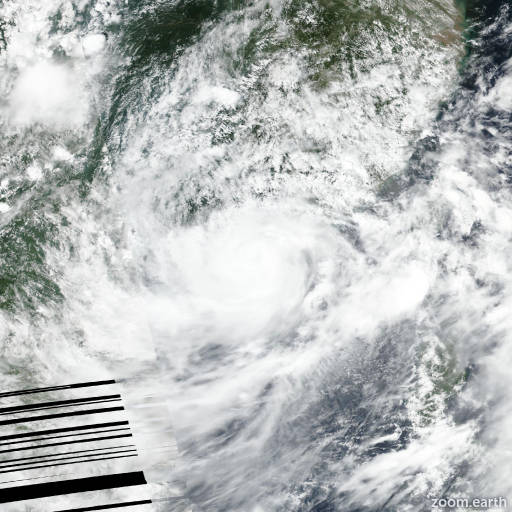Typhoon Wipha (Crising) 2025
Last Modified:

Satellite images, weather maps and tracks of Typhoon Wipha 2025, 16 - 23 July. Max wind speed 120km/h.
Click on the map to add points. Double‑click to finish.
Tap on the map to add points.
Last Modified:

Satellite images, weather maps and tracks of Typhoon Wipha 2025, 16 - 23 July. Max wind speed 120km/h.